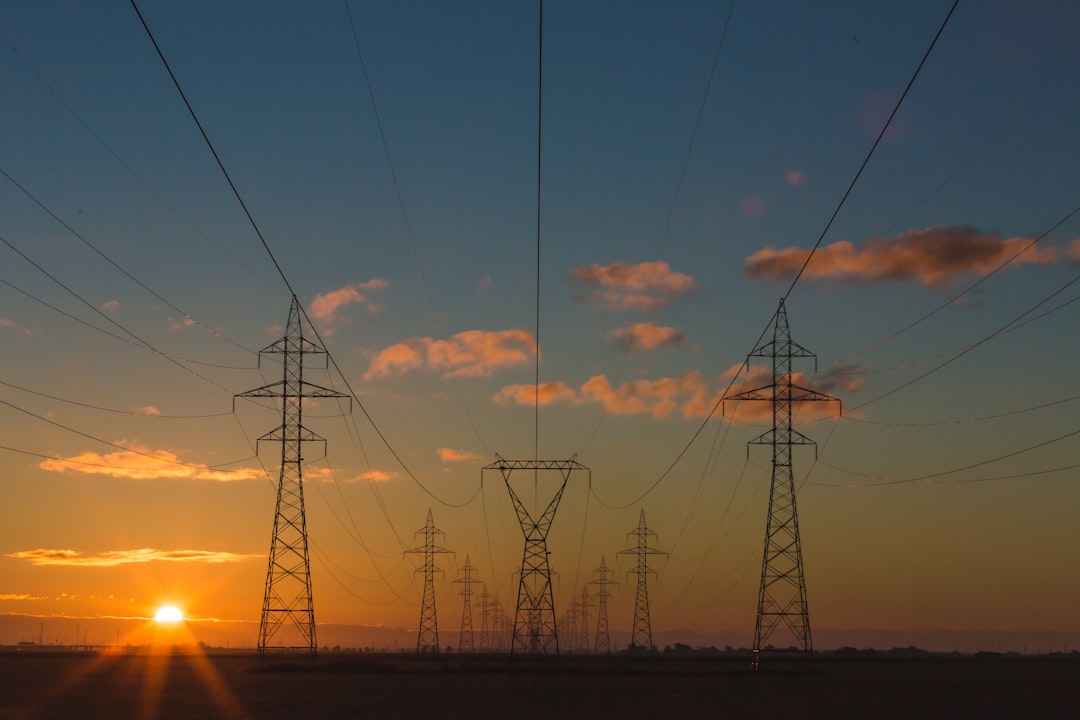Improving energy efficiency and enhancing the visual appeal of buildings are top priorities for architects, builders, and property owners alike. One innovative solution rapidly gaining popularity in modern construction is the use of thermopanels for façade insulation. These panels provide superior thermal performance, increased structural integrity, and an aesthetically pleasing finish — all in one product.
Thermopanels, also known as insulated wall panels or thermal façades, are multilayered construction elements made from a core of rigid insulation material, such as polyurethane or polystyrene, sandwiched between two outer layers (often steel, aluminum, or concrete). Designed to deliver high insulation values and durability, they offer a streamlined solution for both residential and commercial properties.
Why Choose Thermopanels for Your Building?
- Exceptional Insulation: Thermopanels have excellent R-values, meaning they resist heat transfer more effectively than traditional materials. This translates to lower HVAC costs and increased indoor comfort.
- Quick Installation: Thanks to their modular design and large panel sizes, thermopanels are much quicker to install compared to traditional construction, reducing labor time and costs.
- Continuous Thermal Envelope: Unlike traditional methods that use insulation between studs (which cause thermal bridging), thermopanels provide a continuous insulation layer, eliminating cold spots.
- Environmentally Friendly: Many thermopanels are made from recyclable materials and help buildings achieve energy certifications such as LEED or BREEAM.

Transforming Façade Design
Beyond their thermal qualities, thermopanels allow architects to experiment with design. They come in various textures, finishes, and colors, making it possible to achieve sleek, modern exteriors while maintaining functionality.
From minimalistic metal-clad buildings to textured and colored façades that complement historical surroundings, thermopanels give designers flexibility without sacrificing performance.
Ventilated façades with thermopanels can further enhance energy efficiency by allowing airflow behind the cladding, preventing moisture accumulation and improving thermal regulation.

Application Versatility
Thermopanels can be seamlessly integrated into various types of constructions:
- New Builds: Fast-track the construction process by installing prefabricated panel systems with high precision.
- Retrofits: Easily upgrade older buildings by attaching thermopanels to the existing structure, instantly boosting insulation and aesthetics.
- Commercial & Industrial Applications: Warehouses, schools, hospitals, and offices benefit from quick installation and reduced energy use.
Durability and Maintenance
Thermopanels are designed to withstand environmental impact, including UV radiation, high winds, and temperature fluctuations. Their robust outer layers protect them from corrosion and mechanical damage, ensuring they remain effective and visually appealing for decades. Additionally, their tight construction minimizes maintenance requirements.
Conclusion
Whether constructing a new building or upgrading an existing one, thermopanels provide a dynamic, cost-efficient solution that enhances both performance and appearance. Their ability to deliver consistent insulation, rapid installation, and architectural freedom makes them a forward-thinking choice for sustainable construction.
Frequently Asked Questions
- Q: What are thermopanels made of?
A: Most thermopanels have a rigid foam insulation core, typically polyurethane or polystyrene, enclosed between structural layers such as metal or concrete. - Q: How long do thermopanels last?
A: When properly installed and maintained, thermopanels can last 30 to 50 years or more without significant degradation. - Q: Can I use thermopanels on an existing structure?
A: Absolutely. Thermopanels are suitable for retrofit projects and can be mounted directly onto existing walls to improve insulation and appearance. - Q: Are thermopanels environmentally friendly?
A: Yes. Many thermopanel systems use materials that are recyclable and contribute to lower energy consumption, helping meet environmental certification standards. - Q: Do thermopanels require special maintenance?
A: Very little. Their durable surface resists weather and staining. Occasional washing and inspections are usually sufficient.



